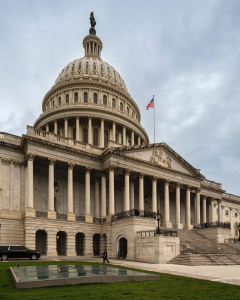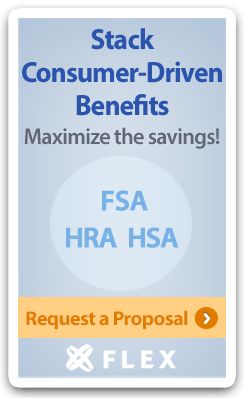Benefits Buzz
Inflation Reduction Act
Posted on August 19th, 2022

On August 16, 2022, President Joseph Biden signed a bill into law called the Inflation Reduction Act (IRA). While its name may not imply it, there were some provisions in the bill that impact healthcare and/or health insurance. Here is a summary of some of those provisions:
Extension of Enhanced Marketplace Subsidies
The American Rescue Plan Act (ARPA), largely a COVID-19 stimulus package, included a two-year enhancement of Marketplace subsidies that were set to expire at the end of 2022. In particular, the ARPA capped the maximum premium payment at 8.5% of household income for the second-lowest cost Silver plan (SLCSP) for those eligible for an Advanced Premium Tax Credit (APTC), and it increased the amount of the APTC. The ARPA also removed the “subsidy cliff” that only allowed those individuals and families with household incomes at or below 400% of the Federal Poverty Level (FPL) from receiving an APTC. The IRA extends the ARPA provisions for three additional years, now expiring at the end of 2025 absent a further extension.
Medicare Enhancements
There were several changes included in the IRA that impact Medicare beneficiaries, including:
• Beginning in 2025, there will be a maximum out-of-pocket limit of $2,000 (inflation adjusted) for Part D plans. This applies whether receiving prescription coverage through a stand-alone Part D plan or through a Medicare Advantage plan that includes Part D coverage. In 2024, anyone who reaches the catastrophic phase of their Part D plan will have no additional out-of-pocket costs during that phase.
• The federal government was prohibited from directly negotiating drug prices with manufacturers. The IRA now gives the federal government the power to negotiate the price of certain drugs. Drugs that will be negotiated will be selected in 2023 with prices applied beginning in 2026. Drugs eligible for selection are those among the 50 single-source drugs (generally, made by one manufacturer with no generic equivalent) that have the highest total expenditure in either Medicare Part B or D. The number of drugs that will be negotiated will gradually increase over time.
• Additional changes to Medicare include limiting the out-of-pocket cost for a monthly supply of insulin to $35, allowing Part D beneficiaries to pay a monthly out-of-pocket limit (a process being referred to as “smoothing”), expanding Low-Income Subsidy (LIS) eligibility from 135% of the FPL to 150% of the FPL, and covering all vaccines recommended by the Advisory Committee on Immunization Practices with no cost sharing.

